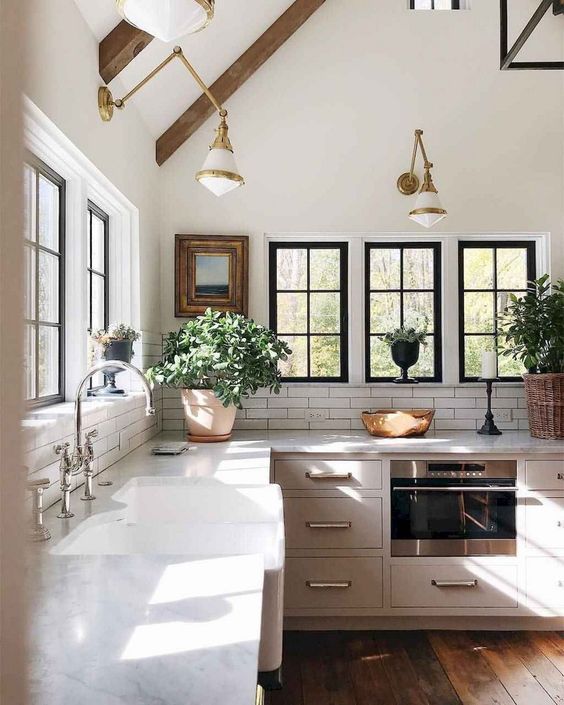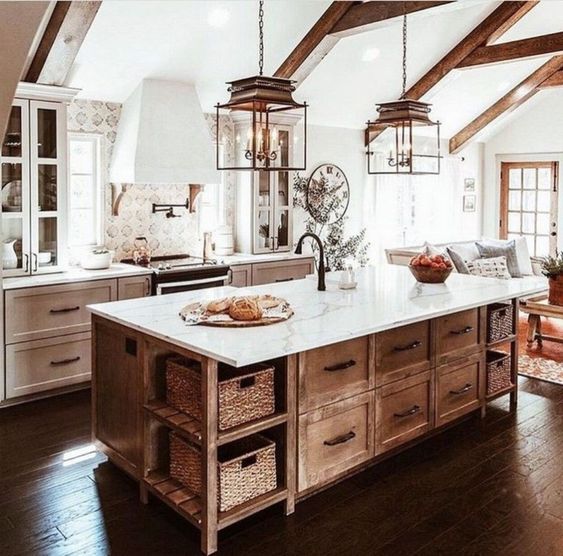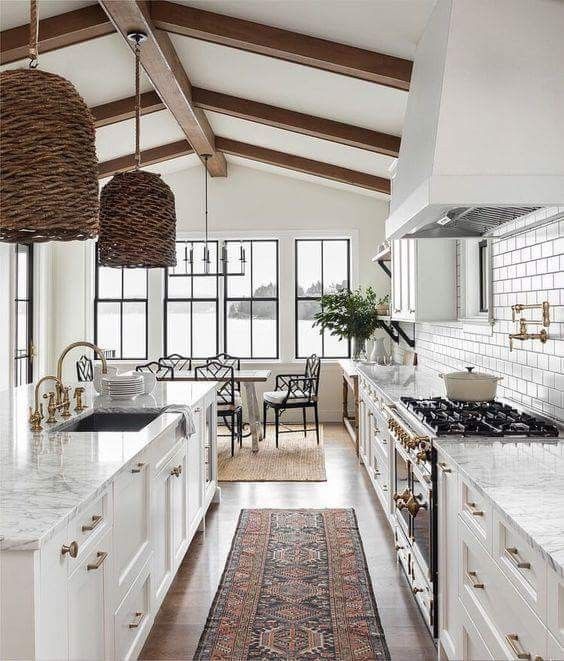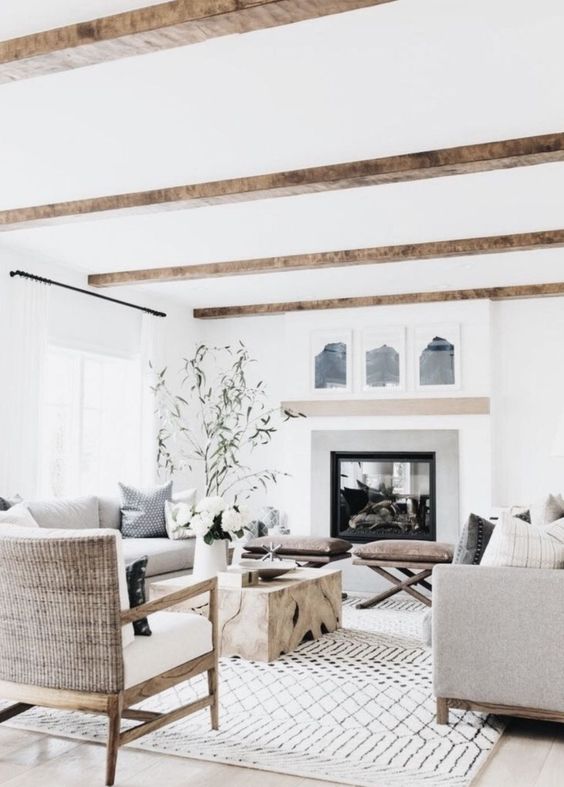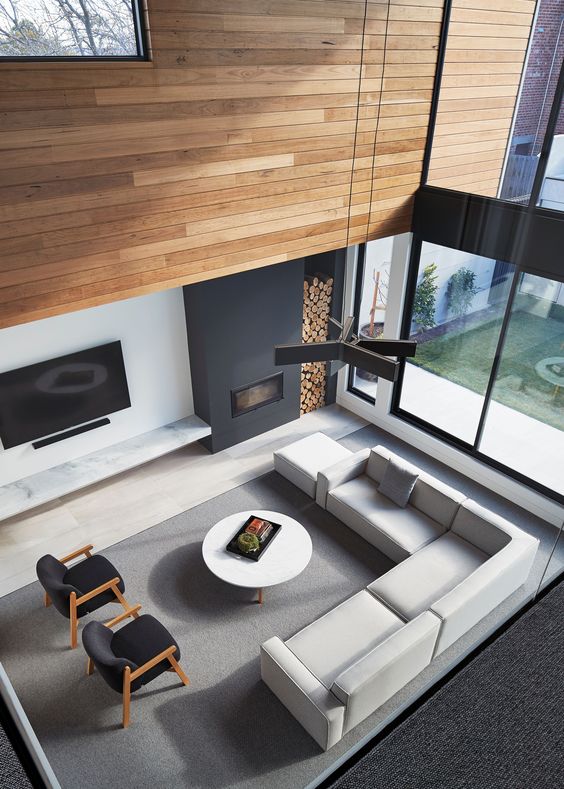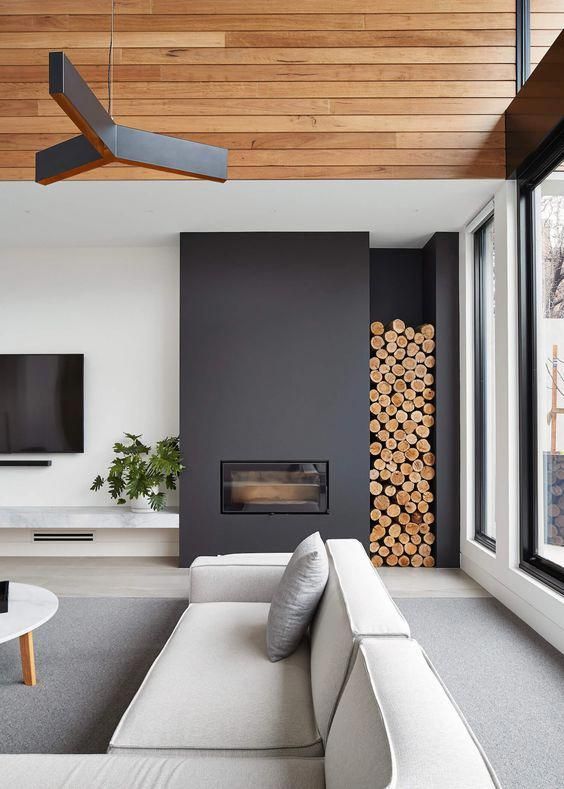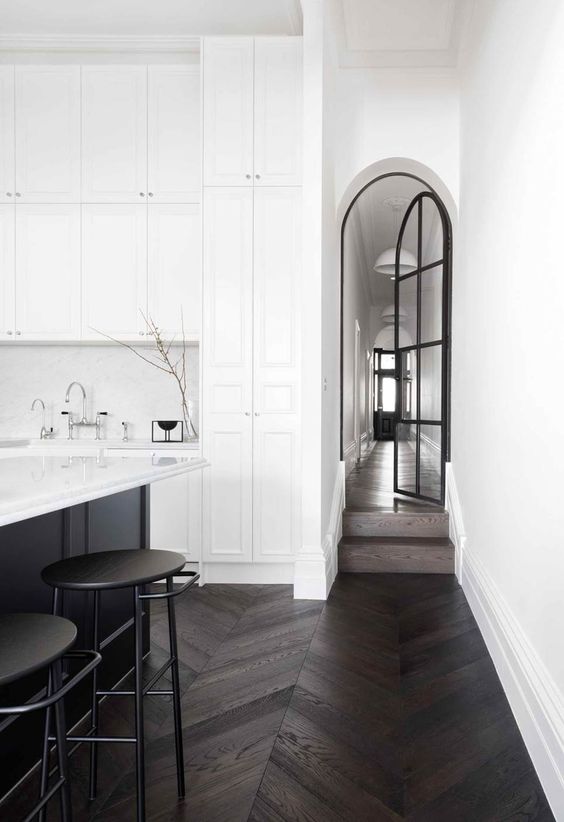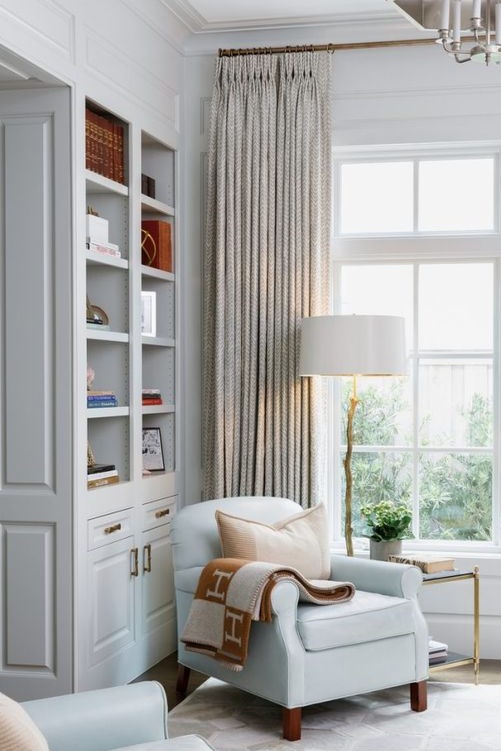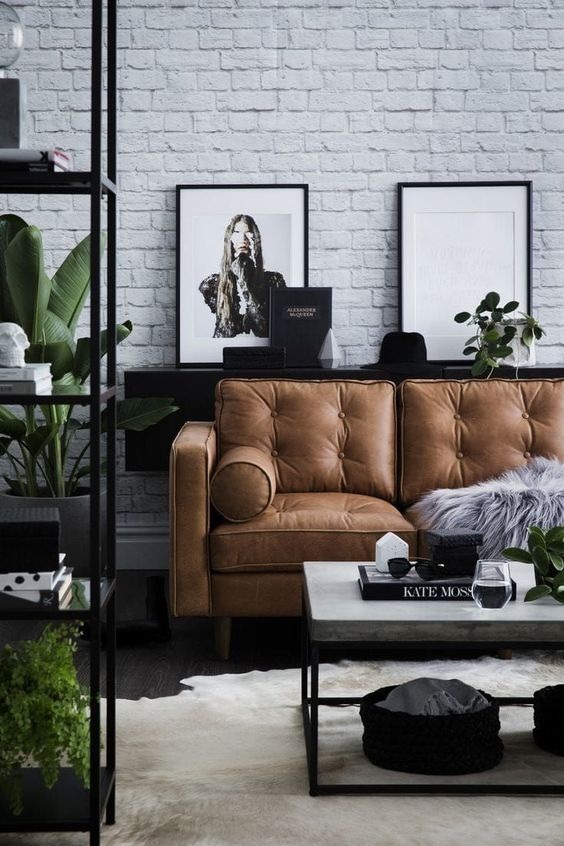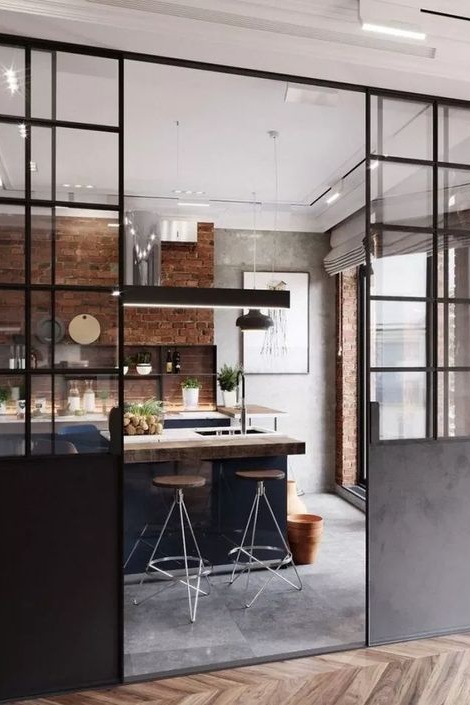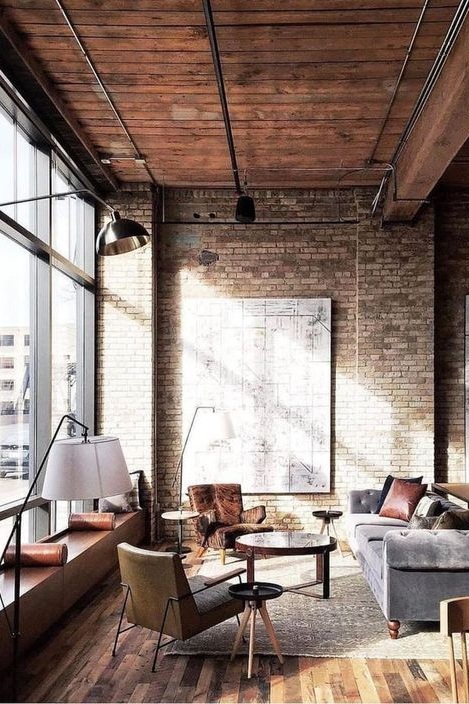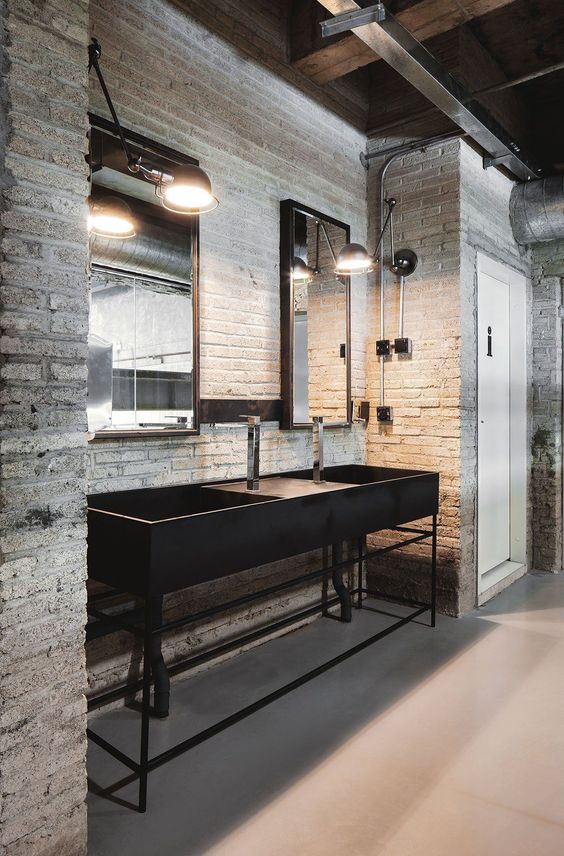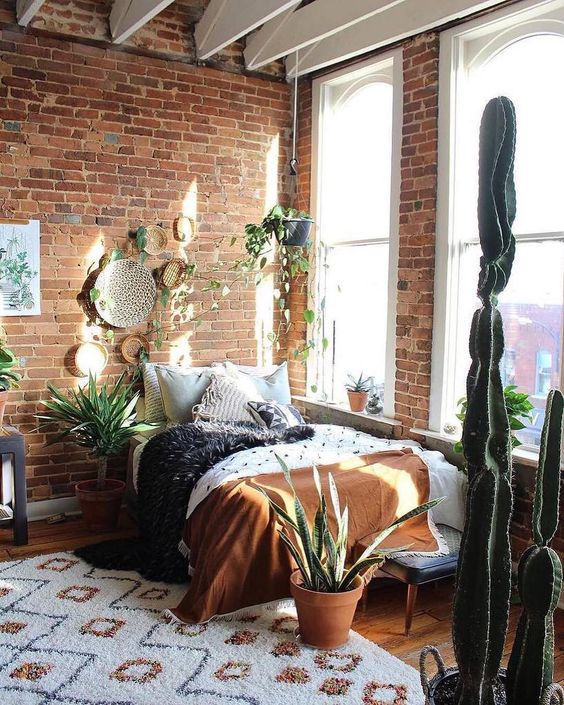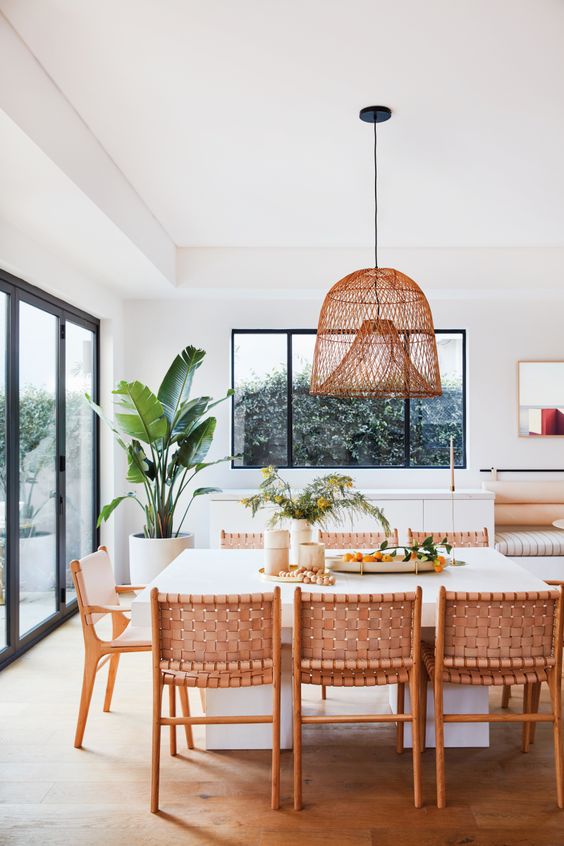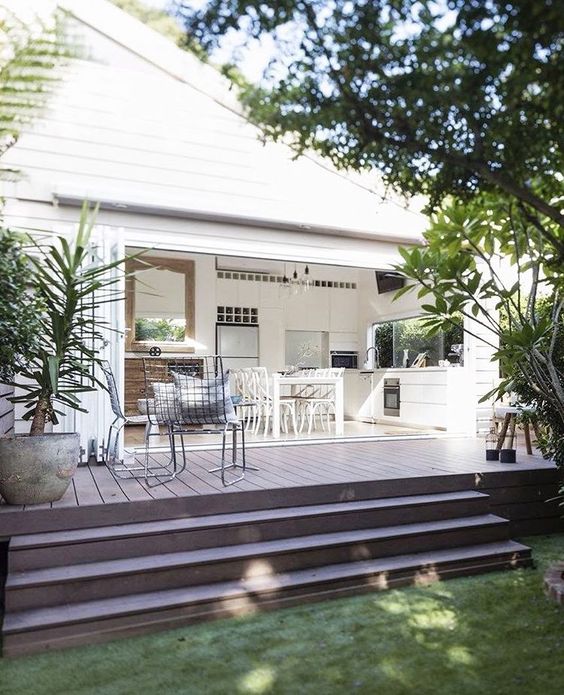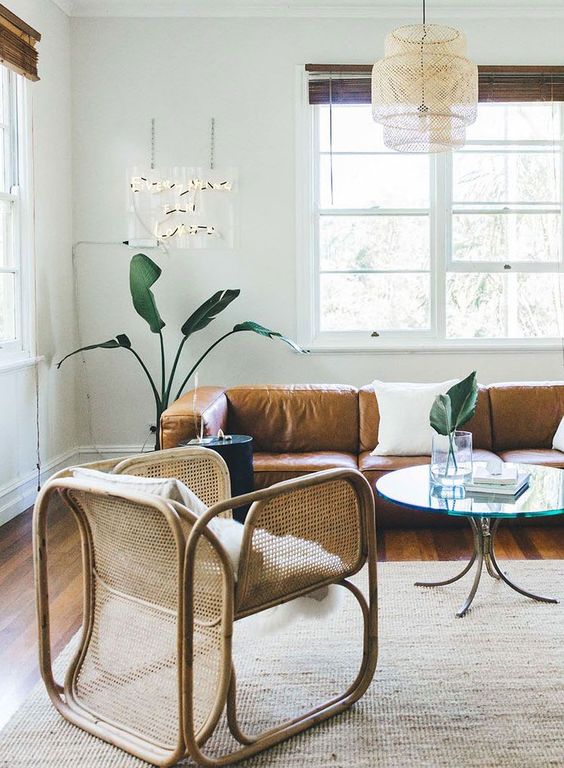Vision boards and communicating your style
So you have an absurd amount of Pinterest boards and a bunch of design ideas for your home build…but how do you consolidate those ideas and communicate those ideas effectively? I will share a few practical ways to clearly articulate your vision for your home.
The power of your vision board
The vision board (sometimes called mood board) is about creating the overall look and feel of your new home. This is a super important (and fun) part of the process. I used Canva to create mine and it was so easy!
The theme for our dream home is “urban coastal”. We are working with a bunch of businesses and local suppliers to ensure we achieve this signature Newcastle design. Think beachside oasis meets inner city. We are seeking a balance of practicality, lifestyle and luxury.
A big part of the vision for Orton Haus was to build a home that was unique and reflected us and our lifestyle, to show the capabilities of Orton Building and it's trades and suppliers and to educate potential clients on the building process. For you, it might simply be to create a space that you’ve dreamed of.
A clear vision board will help you to:
Work out how you want your home to look AND feel.
Communicate your ideas to suppliers and trades (visual is best!)
Select your finishes and determine what you DON’T want
Stay on track and continue to return to your original brief
7 main interior design styles
Another important factor in this process is communicating your design style. When it comes to designing your interior, there are 7 main styles to work from. They are as follows:
Farmhouse
This style is warm, cozy and relaxed. It feels lived in and well worn, like a good book or favourite sweater. This style evolves over time. You can expect reclaimed, aged materials, vintage style tapware mismatched chairs, & mixtures of old furniture and new. This home is designed for comfort, not perfection.
Rustic
A rustic approach has similar design principles to the farmhouse style. Think a cabin in the woods or a country ranch. This style is characterized by its natural stone accents, authetnic hardwoods and raw timber beams. The statement in this style is less about embellishment and more about organic elements and textures.
Modern
This style is characterised by its clean, minimal with open floor plans. Simplicity is key. You can expect crisp lines, simple colour palette and clutter free design.
Traditional
Traditional design style offers classic details and is reminiscent of European sensibilities. You can expect heaby, ornate furniture and fabrics, a variety of textures, dark, finished wood and rich colour palettes. This style strives for harmony and order. It is balanced, considered and all about the symmetry.
Industrial
Think lofts, factories converted into homes. It’s for the edgy rebel types. This raw style generally features huge spaces with big windows, exposed brick and pipes on display. To nail this style (pardon the pun) you need to spend time selecting the right finishes.
Boho
This style has no rules. It’s for the imaginitve, individual, creative types. Think Morrocan rugs, daring colours and loads of texture. The tricky part is making it all work (otherwise it just looks like my kids room after I left them alone for half an hour). It needs a unifiying factor to tie the whole style together. Think textures, colour scheme or a theme.
Coastal
Inspired by the ocean and nature, this style could also be considered “Hamptons”. This informal style reminds us of a lazy seaside vacation. Think clean whites, loads of greenery and big windows/doors. There are no clear boundaries for where the entertaining area ends and the kitchen begins.
Another super helpful way to make your selections and communicate your design style is through the use of flatlays. We will share a separate blog post for this, so stay tuned!
I encourage you to ask yourself a few questions…
What is it that you want to achieve in your home build? How can your home represent you? What style does your home fall into? Remember that it can be a fusion of a couple of different styles. How do you want your home to look and feel?
The selections may change in the building process, but the vision will remain the same. Make sure you spend the time getting this part right but don’t sweat if the smaller details change as you go.
As always, message me on Instagram if you have any questions!
Happy building.
Jus x


